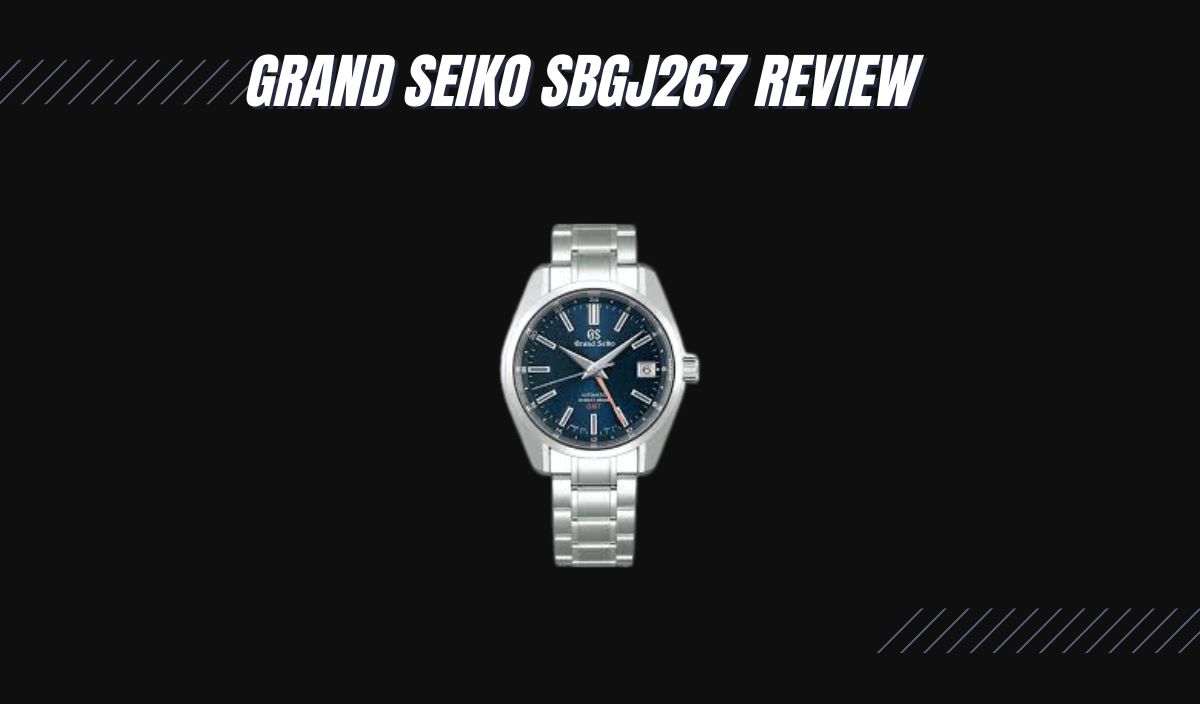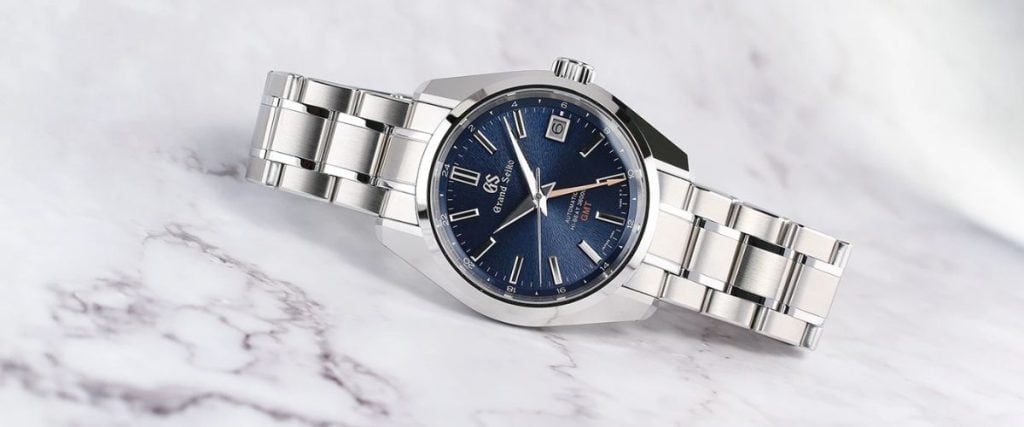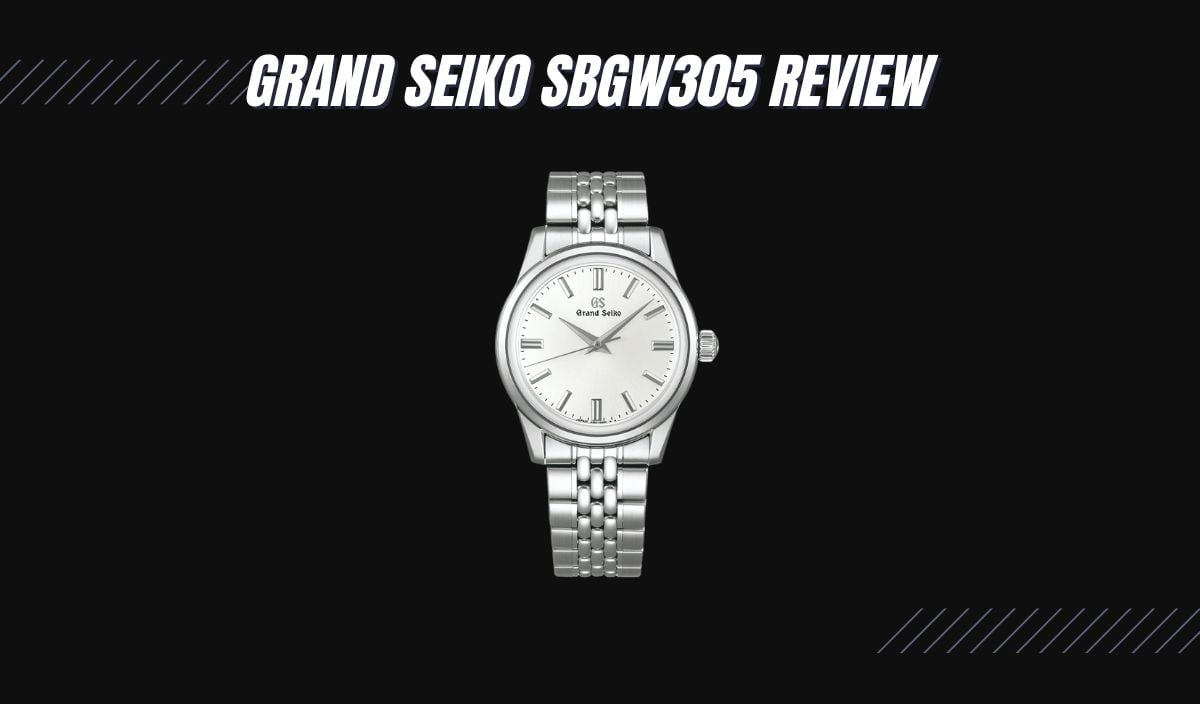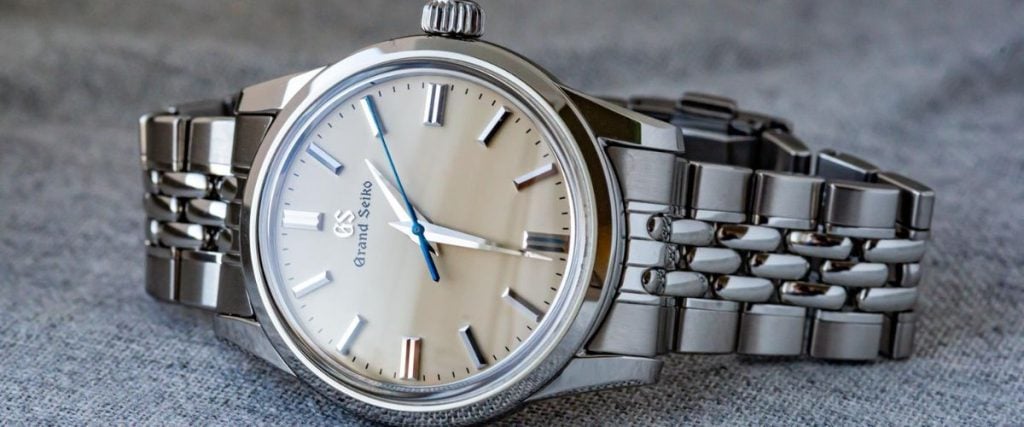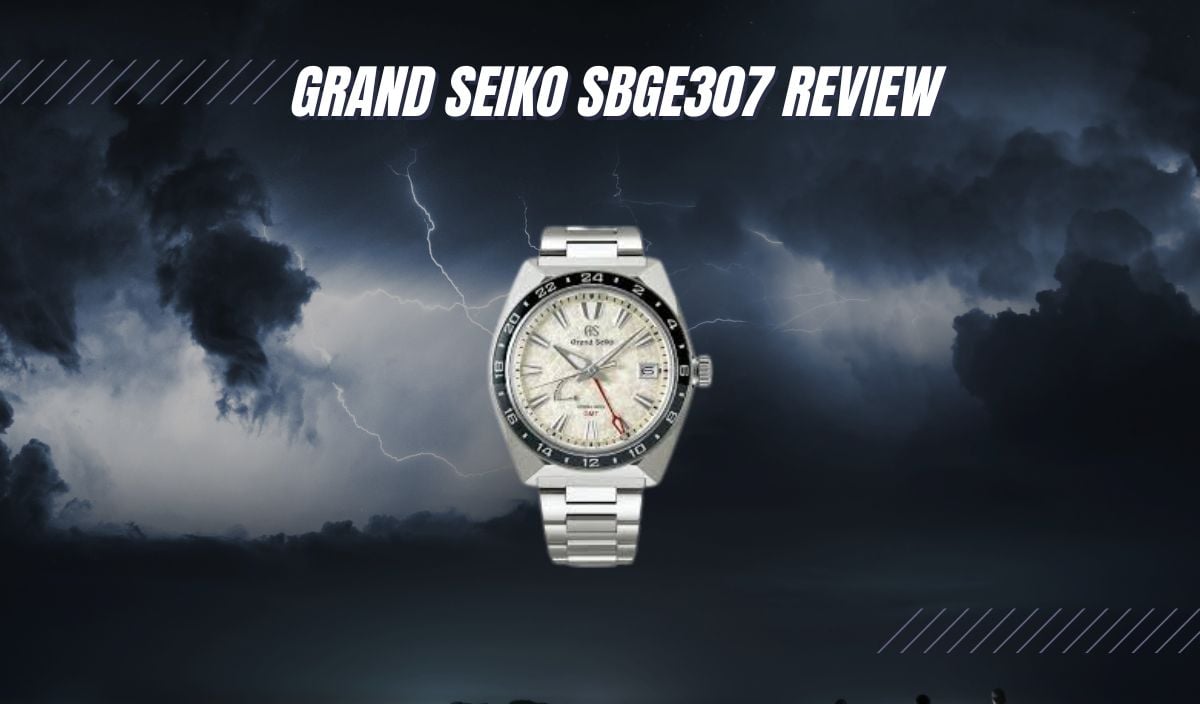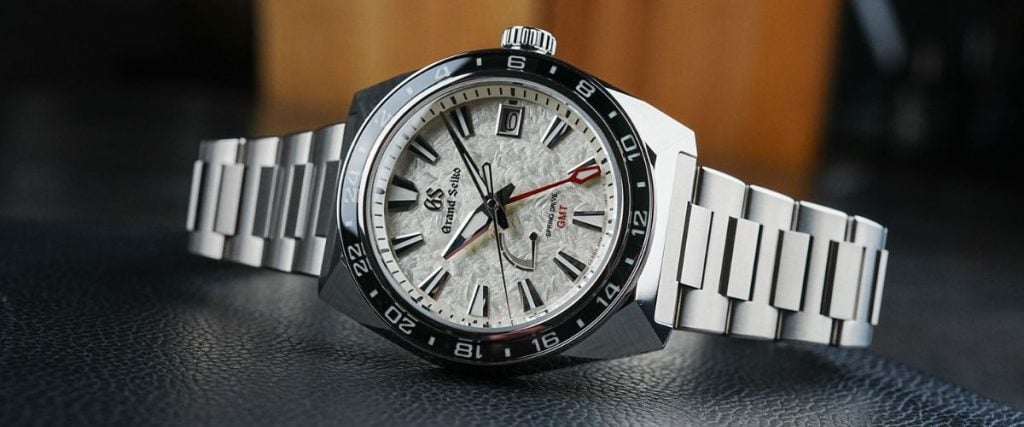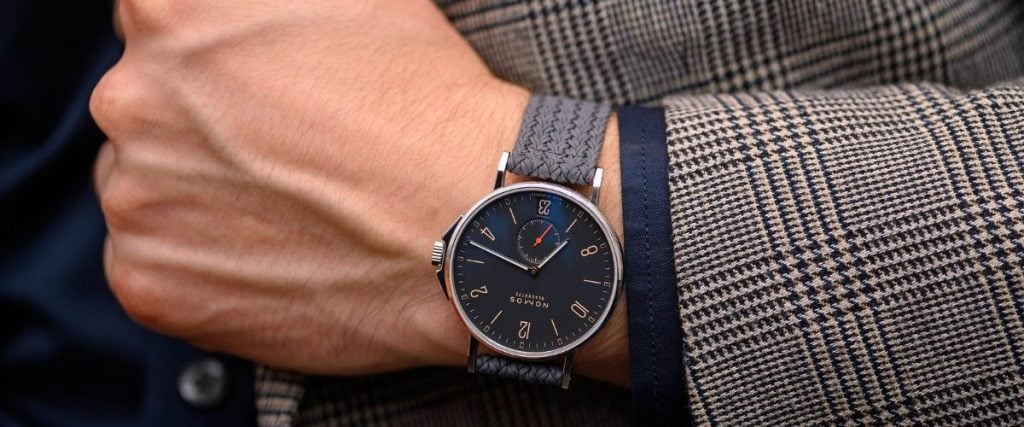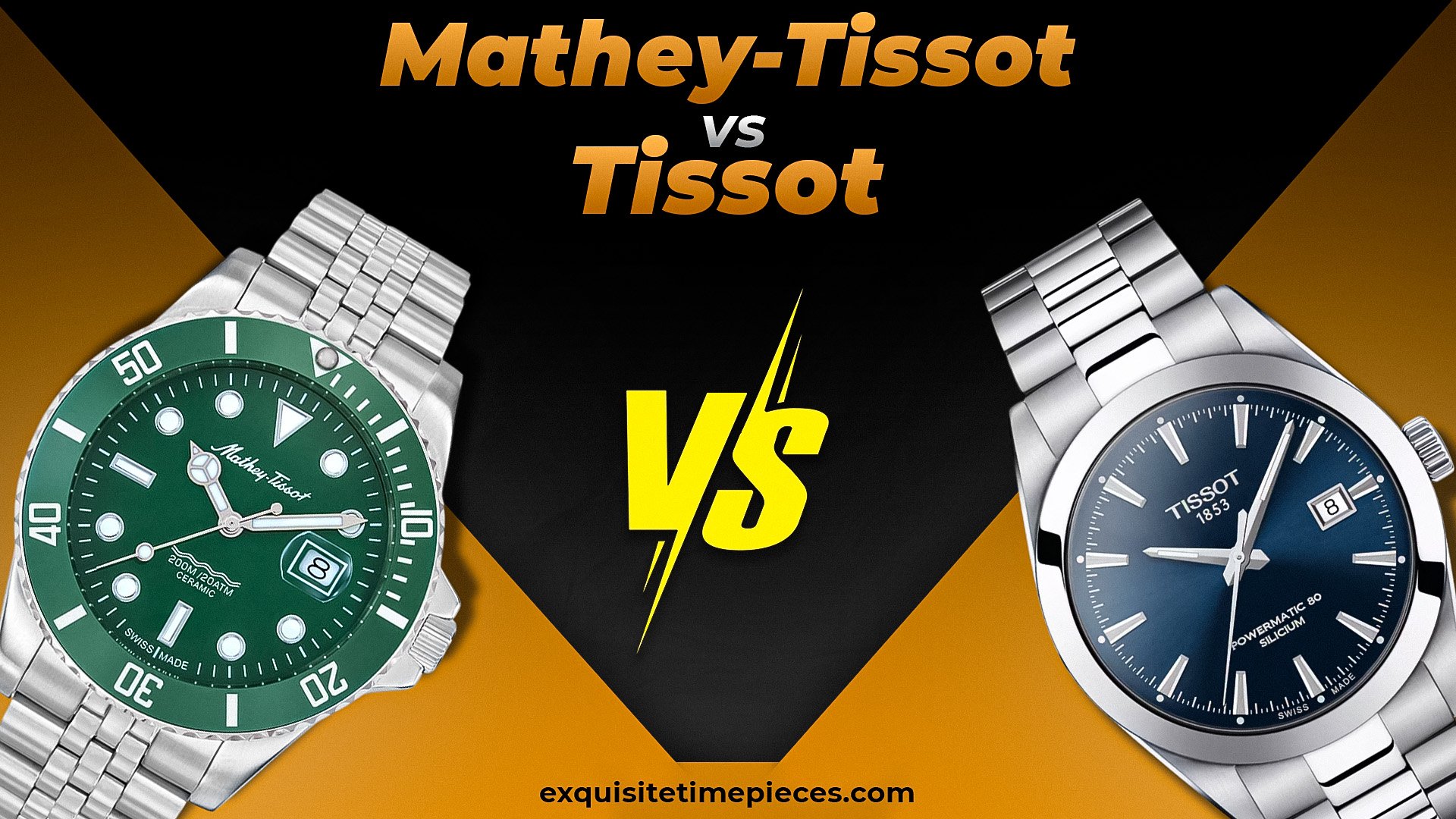
Today, we’re talking about Mathey-Tissot and Tissot. Now, depending on how deep you are into the world of horology, you might know one, neither, or both. But if you’ve ever wondered if Mathey-Tissot and Tissot are the same brands, then don’t worry, you are not alone.
We’ve all confused watch brands or even timepiece-related terminologies at least once in our watch-collecting careers (yes, I mixed up chronometer and chronograph once upon a time). And equally, the question of whether Mathey-Tissot and Tissot are the same watch brand is another common question.
First of all, let me clear that up right now: nope, they’re not. Sure, they both have “Tissot” in their name, and you might even argue that a few of their designs can make you do a double-take.
However, these two are entirely separate Swiss watch manufacturers, each with their own unique history, innovations, and style. In today’s post, we’re diving into the world of these two brands, including where they came from, what makes them tick, and how their modern-day collections stack up.
The Mathey-Tissot Brand
Mathey-Tissot is a name that might ring a bell, but that could well be because it’s so often confused with the more globally recognized Tissot. But as I said in the introduction, these are two entirely different entities.
While Tissot is something of a titan in the watch industry, Mathey-Tissot has quietly carved out its own niche, appealing to collectors and enthusiasts who value heritage and affordable design.
Founded in 1886 in the village of Les Ponts-de-Martel in Switzerland, Mathey-Tissot built its reputation on precision timekeeping and traditional craftsmanship.
Though not as widely known, this independent brand has earned respect for its quality and affordability. From its origins in repeater pocket watches to supplying the U.S. Army during WWI, Mathey-Tissot has become a brand defined by resilience and adaptability.
History of Mathey-Tissot
The story of Mathey-Tissot begins in the late 19th century in the picturesque Swiss Jura Mountains. Edmond Mathey-Tissot, a skilled local watchmaker, established the brand in 1886 in Les Ponts-de-Martel. The brand initially focused on producing repeater watches and pocket timepieces, gaining recognition for their precision and quality.
But their rise to prominence really began when they launched their line of chronograph watches. The Second Boer War in 1899 created a demand for highly accurate timekeeping instruments, and Mathey-Tissot stepped up to the challenge. The brand’s chronographs became so popular among military personnel that it had to expand its production facilities.
Shortly after, it seems like the Scottish nobility took notice, and one nobleman famously ordered 2,500 watches, presenting gold models to officers and silver ones to enlisted men. These timepieces were recognized for their exceptional reliability, earning accolades from prestigious institutions like the Kew Observatory in 1914.
Mathey-Tissot’s reputation continued to grow during World War I when it became a key supplier of chronographs to the U.S. Army. These watches were prized for their precision and durability, leading General John Pershing to award them to his top officers.
And, understandably, their strong military history led to personnel relying once again on Mathey-Tissot watches during World War II, with even the Royal Navy known for wearing some of their models.
However, It wasn’t until the 20th century until Mathey-Tissot gained real popularity outside the military. They caught the eye of none other than Elvis Presley, who owned and gifted personalized Mathey-Tissot watches to his inner circle.
However, like so many traditional watchmakers, Mathey-Tissot faced significant challenges during the Quartz Crisis of the 1970s. The advent of affordable, accurate quartz watches disrupted the industry, and Mathey-Tissot struggled to compete.
The brand eventually came under Chinese ownership, shifting its focus to entry-level watches while retaining its Swiss heritage. Today, Mathey-Tissot continues to produce affordable, well-crafted timepieces, combining classic designs with modern accessibility.
Popular Mathey-Tissot Watches
Mathey-Tissot may not dominate the luxury market quite like Tissot, but it offers a range of models that deliver excellent value for money. With price points typically between $200 and $1,200, the brand caters to those who appreciate Swiss craftsmanship without breaking the bank. Here are just some of the standout models Mathey-Tissot has to offer:
Mathy III

The Mathy III is a testament to Mathey-Tissot’s focus on classic design and functionality. This versatile watch features a clean dial layout with sleek baton markers and a wonderful faceted bezel that captures the light beautifully.
There are models in steel, gold, or two-toned with options secured by leather or metal straps. The Mathey III is one of those easy-to-wear watches that suits both formal and casual occasions, striking a nice balance between tradition and modernity.
Mathy Evasion

If you’ve ever admired the iconic Patek Philippe Nautilus, the Mathy Evasion might catch your eye. Whether it’s intentionally inspired by the legendary design or not, there are clear similarities between these two watches – at least aesthetically.
It has the same cushion-shaped case, wide flat bezel, and H-link bracelet. You’re not going to get an in-house movement, but if you’re happy with a Swiss quartz caliber, it’s definitely an attractive choice for budget-conscious enthusiasts.
Mathy Ceramic
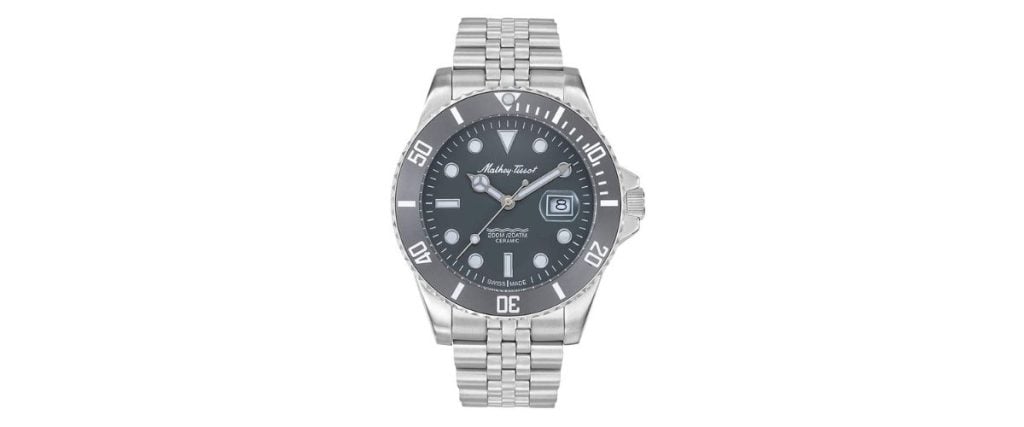
For those who admire the look of the Rolex Submariner but want a more accessible alternative, the Mathy Ceramic is a strong contender.
With a unidirectional ceramic bezel, luminous markers, and a robust stainless-steel case, this dive watch embodies the rugged elegance of its higher-priced counterparts. While it lacks some of the advanced technology found in luxury divers, it offers exceptional value for its price point.
Mathy GMT
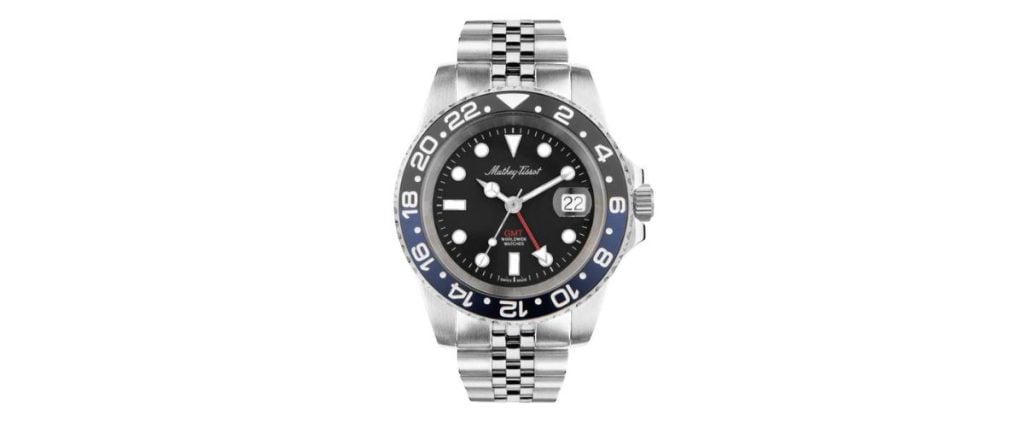
Travelers will appreciate the Mathy GMT, a practical and stylish watch designed to track multiple time zones.
Featuring a secondary hour hand and a 24-hour bezel, the Mathy GMT is both functional and aesthetically pleasing. Its classic design makes it a versatile companion for globetrotters plus, I’ve even spotted a particular model with an all too familiar blue and red “Pepsi” bezel.
The Tissot Brand
Now, I’m not saying Tissot is as well-known as timepiece giants like Rolex or Omega, but they are certainly a name you’re more likely going to be familiar with compared to Mathey-Tissot.
You might have spotted their branding while watching the MotoGP since Tissot has been the official timekeeper for the FIM MotoGP World Championship since 2001. Or, you might already be familiar with their watchmaking prowess, considering they are well-known for precision, elegance, and innovation.
The History of Tissot
Tissot’s story began in 1853, when Charles-Félicien Tissot and his son, Charles-Émile, founded Charles-Félicien Tissot & Son in Le Locle, Switzerland.
Initially, the company operated as an assembly workshop, sourcing components such as cases, crowns, and straps from local craftsmen and assembling them into complete timepieces. The first Tissot watches were pocket and pendant watches aimed primarily at the burgeoning American market.
Tissot’s international success began with a stroke of serendipity. In 1858, Charles-Émile traveled to Russia, where he eventually settled and married.
His strong connections in Moscow helped the brand penetrate the Russian market, establishing a foothold that fuelled its growth. By 1885, Tissot was a respected name across Russia and had also begun expanding its reach in Europe and beyond.
In 1907, Tissot opened its first factory in the nearby town of Chemin de Tourelles, a location that remains the brand’s headquarters to this day.
By 1917, the company had taken a significant step forward by establishing its own manufacturing facilities, enabling it to produce movements and components in-house. This move reduced costs, improved quality control, and allowed Tissot to offer high-end watches at more accessible prices.
Ever since, Tissot has been at the forefront of horological innovation. In 1930, the brand introduced the first-ever non-magnetic wristwatch, setting a new industry standard. Tissot also experimented with unconventional materials and created watches made from plastic, wood, and even mother-of-pearl long before these were common in watchmaking.
In the same year, Tissot merged with Omega to form the first Swiss watchmaking association, SSIH. This partnership strengthened both brands and allowed them to share resources and expertise while still maintaining their distinct identities.
Like Mathey-Tissot, Tissot also faced challenges during the Quartz Crisis of the 1970s. However, its decision to join the Swatch Group in 1998 proved to be a masterstroke. As part of this prestigious conglomerate, which includes iconic brands like Omega, Longines, Rado, and Hamilton, Tissot has since flourished, bringing together its rich history with modern marketing and production capabilities.
Best-Known Tissot Watches
Tissot’s diverse portfolio includes a wide range of watches, from elegant dress pieces to rugged sports models retailing between $400 and $3,500. Here are some of the brand’s most iconic offerings:
Tissot PRX

I might be a little biased here because I’m a proud owner of a Tissot PRX, but I truly believe this to be one of the best entry-level integrated sports watches out there. It’s a masterclass of retro-modern design, bringing back to life the brand’s original PRX model from the 1970s.
It features a fluid integrated case and bracelet and a range of sleek, minimalist dials that evoke vintage cool. The quartz models are the most affordable, but I’ll forever be impressed by those powered by their in-house Powermatic 80 movement, a calibre that is automatic winding, anti-magnetic, and offers an outstanding 80-hour power reserve.
Tissot Gentleman
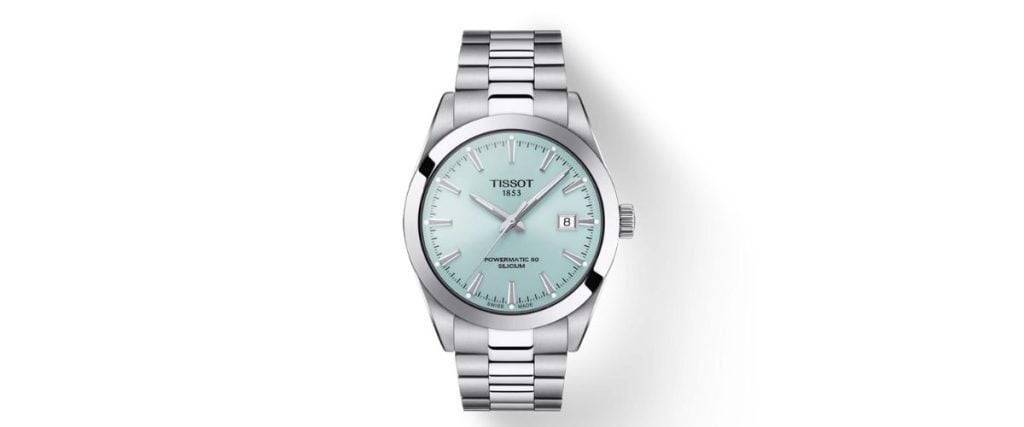
As its name suggests, the Tissot Gentleman is the perfect watch for those who appreciate classic sophistication. This model boasts a timeless design with a clean dial, polished indices, and a date window. It’s also available in a range of finishes, including stainless steel and rose gold and can also be found powered by their Powermatic 80 movement.
Tissot PR100 Chronograph
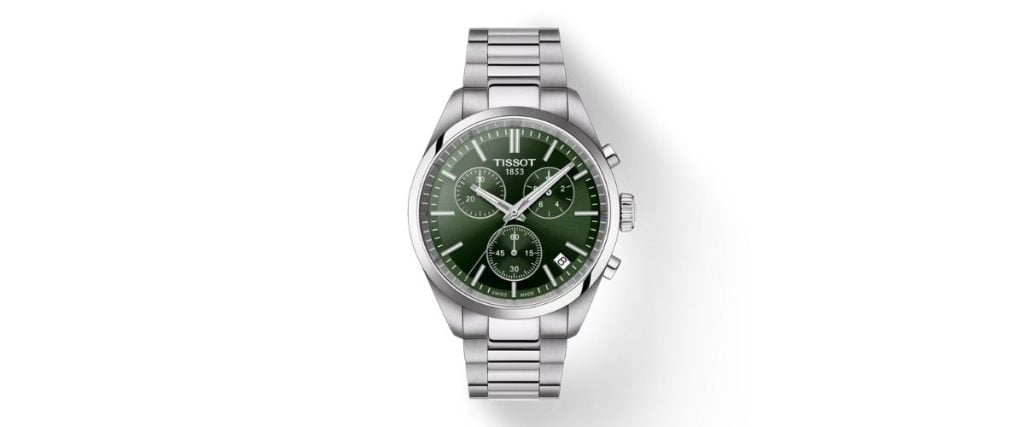
The Tissot PR100 Chronograph is another robust and functional timepiece from the Swiss watchmaker and is a testament to the brand’s associations with motorsport.
It brings together high-precision chronograph functionality and a tachymeter bezel so you can measure speed over distance with ease. It’s one of the many reasons this novelty is prized by racing enthusiasts and professionals alike.
Tissot Seastar

The Tissot Seastar is the Swiss brand’s flagship diver’s watch that combines professional-grade performance with sleek aesthetics. With water resistance up to 300 meters, a unidirectional ceramic bezel, and luminous hands and markers, the Seastar is built for underwater adventures. Its robust build and stylish design make it equally suitable for daily wear.
Tissot T-Touch Connect Solar
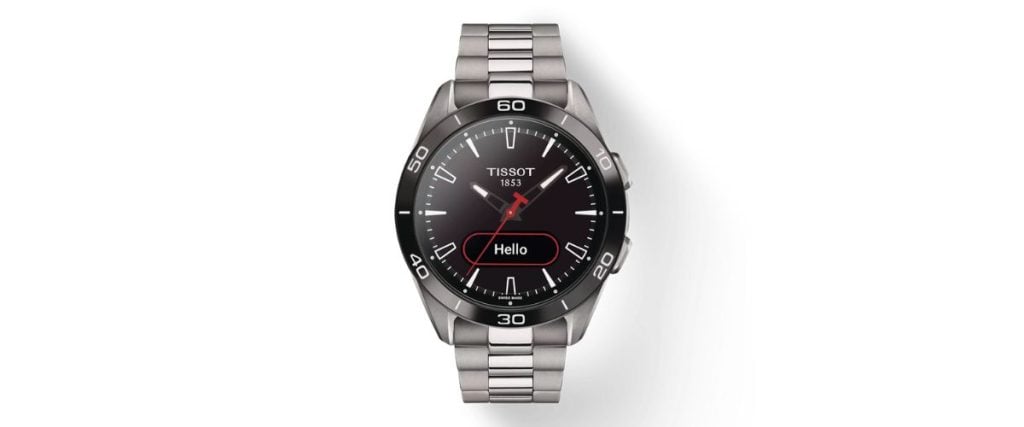
Finally, almost as a little excuse to show off, Tissot has a range of solar-powered smartwatches. Known as the T-Touch Connect Solar, these timepieces offer a suite of advanced features, including activity tracking, weather forecasting, and smartphone connectivity.
They’re also entirely powered by solar energy, so you never have to wind the movement or change out the battery. Just pop it in natural or artificial light for a bit and it’ll be good to go.
Which is the Right Brand for You?
Now you know that Mathey-Tissot and Tissot are totally different watch brands, offering their own selections of designs and technologies, you might now be asking yourself which brand is going to be best for you. Sadly, we can’t give you a straight answer.
At the end of the day, both brands offer value, prestige, tradition, and innovation – just in their own ways. But there are some things that set them apart, so let’s take a look at them to help you work out which brand suits your style, budget, and needs.
In my opinion, both Tissot and Mathey-Tissot are entry-level watch brands, but one is a little more budget friendly than the other. Mathey-Tissot offers several models for around $150, with some of their more expensive offerings sitting around the $4,000 mark.
Tissot, by comparison, has few models that cost less than $300, with some of their more premium collections retailing up to $3,500. Regardless, both brands are exceptionally affordable, especially for the design and technology on offer.
In my opinion, Tissot excels in design. Their watches are classic and elegant, and have a design DNA that differs strongly from so many others in the industry.
On the other hand, Mathy-Tissot leans heavily into timeless and unified aesthetics that are often recognizable. This isn’t a bad thing by any means because if there’s a luxury watch out there you love the look of but don’t have the bank balance to support it, then this brand is going to be a great pick for you. But it’s something to keep in mind.
When it comes to technology, both brands rely on Swiss craftsmanship and offer a range of manual, automatic, and quartz options.
Mathey-Tissot tends to elect quartz movements more often than mechanical ones, while Tissot has something of an edge when it comes to their technology, using in-house mechanical movements like their Powermatic 80 caliber or solar-powered movements.
Tissot also tends to offer more complex and accurate mechanical movements, particularly in their higher-end models, but of course, this is reflected in their price point.
Really, the choice is up to you. If you’re on a tight budget or simply want an elegant, dependable Swiss watch, Mathey-Tissot is a strong contender. It’s an excellent starting point for anyone dipping their toes into the world of horology.
On the other hand, if you’re looking for greater versatility, advanced features, and a touch of luxury without breaking the bank, Tissot is the brand to beat. It really depends on what you want from a watch and the budget you are working with.
Conclusion
While Mathey-Tissot and Tissot may share a slightly similar name, a Swiss heritage, and cater to entry-level watch enthusiasts, they are distinctly different brands with their own histories, lineups, and philosophies.
Mathey-Tissot, with its classic, unified designs, and affordable price points, is perfect for those seeking timeless elegance without stretching their budget. Meanwhile, Tissot offers greater variety, innovation, and a touch of luxury, making it an excellent choice for those looking to combine style with advanced technology and craftsmanship.
Both brands excel in delivering quality Swiss timepieces, but the right choice ultimately depends on your personal taste, lifestyle, and what you value in a watch. Whether you favor Mathey-Tissot’s understated charm or Tissot’s innovative edge, each offers something special and we have no doubt you’ll enjoy both brands, no matter which timepiece you add to your collection next.









